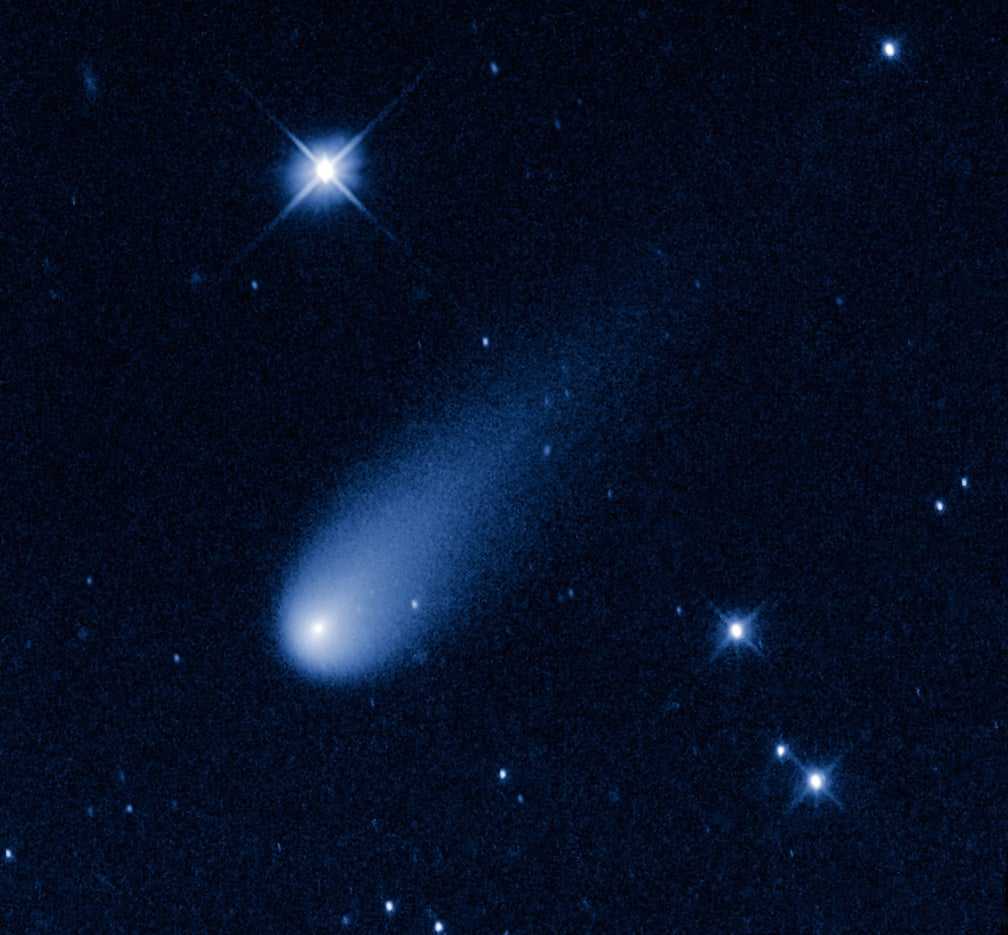Comet ISON latest: 'comet of the century' begins to brighten as it nears the Sun
The icy object might become the brightest comet of the century if it survives its 'sungrazing' journey through our solar system

Comet ISON, the much anticipated “comet of the century”, is finally beginning to live up to its reputation; dramatically increasing in brightness as it draws nearer to the Sun.
Astronomers have predicted that the icy object could become the brightest comet of the century, thanks to a flight path that will take it exceptionally close to the Sun.
ISON will come within approximately 724,000 miles (1.16 million kilometers) of the star’s surface on 28th November, with the heat (around 2,760C – hot enough to melt rock and metal) vaporizing the comet’s icy body and creating a bright tail that will glow in the night’s sky.
It’s still not certain quite how bright ISON will become, as there’s a chance that the comet will be destroyed by the intense heat and gravitational pull of the Sun before it comes too close.
However, the most recent calculations predict that ISON will likely survive long enough to put on a show for both professional and amateur astronomers.
Enthusiastic stargazers have already begun reporting sightings of the come through small telescopes and binoculars.
“I finally saw Comet ISON for the first time using small binoculars!” wrote pilot Brian Whittaker on the SpaceWeather.com website. “It was faint, but is predicted to brighten and move each day! Exciting!”
ISON should become visible to the naked eye in early mornings throughout December and then during the night through January.
The comet was discovered by a pair of amateur Russian astronomers in September 2012. Vitali Nevski and Artyom Novichonok named the celestial object after the array of telescopes they used to locate it: the International Scientific Optical Network.
Click here to see a gallery about comet ISON – including tips on how to view it for yourself.
Subscribe to Independent Premium to bookmark this article
Want to bookmark your favourite articles and stories to read or reference later? Start your Independent Premium subscription today.

Join our commenting forum
Join thought-provoking conversations, follow other Independent readers and see their replies